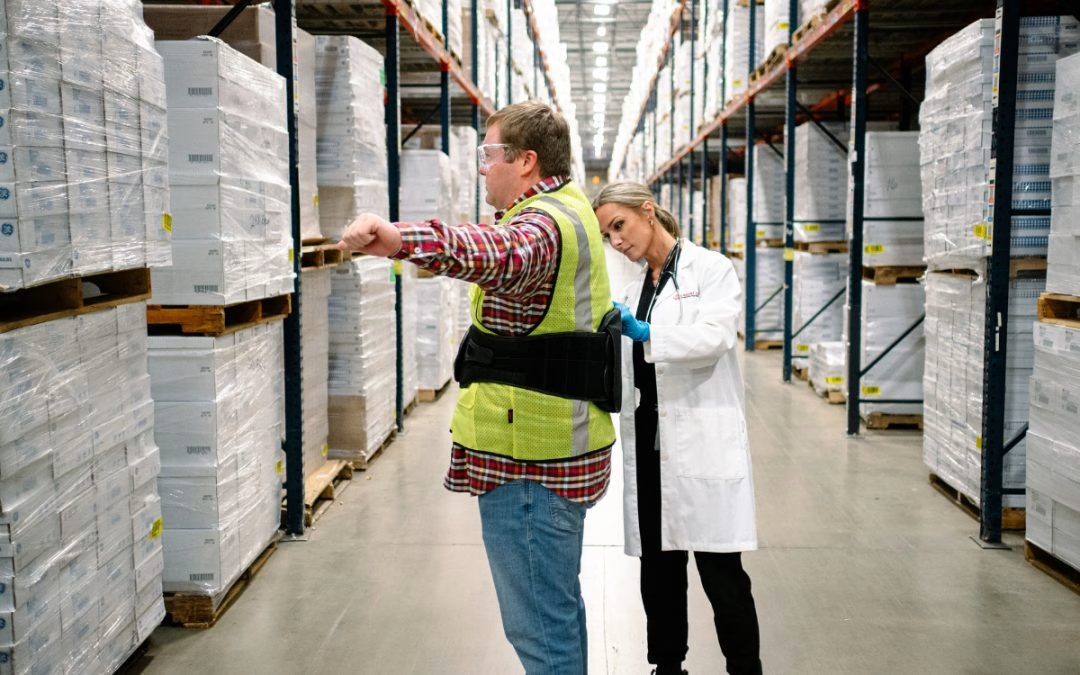
Hand, foot, and mouth disease (HFMD) is a common viral illness that affects children, particularly those under the age of five. While the name might sound alarming, HFMD is usually a mild condition that resolves on its own within a week to 10 days. However, the symptoms can be uncomfortable, and managing them effectively at home is key to ensuring your child feels as comfortable as possible during recovery. In this blog, we will guide you through the signs and symptoms of HFMD, how to care for your child at home, and when to seek medical attention. We’ll help your child get back to fun Cleveland activities in no time.
What is Hand, Foot, and Mouth Disease?
HFMD is caused by a group of viruses known as enteroviruses, with the most common being the coxsackievirus. It spreads easily through close contact, especially in daycare settings or schools, where children frequently interact. The illness typically presents as a fever followed by a rash and mouth sores, and although it may sound concerning, most cases of HFMD are not serious.
Recognizing the Symptoms of HFMD
The first step in managing HFMD at home is recognizing its symptoms. Understanding the progression of the illness can help you anticipate your child’s needs and manage their discomfort more effectively.
- Fever: The earliest symptom of HFMD is usually a mild to moderate fever, often accompanied by a sore throat and reduced appetite. This fever generally lasts for two to three days.
- Rash and Blisters: Following the fever, a rash typically develops on the hands, feet, and sometimes the buttocks. The rash may consist of red spots or small, fluid-filled blisters. While the rash can look alarming, it is generally painless and resolves on its own within five to seven days.
- Mouth Sores: Painful sores inside the mouth are another hallmark symptom of HFMD. These sores can make it difficult for your child to eat or drink, so ensuring they stay hydrated is crucial during this stage.
Managing HFMD at Home
Although there is no specific treatment for HFMD, there are several ways you can manage the symptoms at home to make your child more comfortable. Here are some practical tips:
1. Rest and Relaxation
Rest is one of the most important aspects of recovery from any illness, and HFMD is no exception. Encourage your child to rest as much as possible to allow their body the energy it needs to fight off the virus. Keeping your child at home and away from others will not only help them recover but also reduce the spread of HFMD to other children.
2. Staying Hydrated
One of the most concerning complications of HFMD is dehydration, which can occur if mouth sores make it painful for your child to drink. To combat this, offer your child small, frequent sips of cool liquids. Water, milk, and ice pops are all excellent options to keep your child hydrated without irritating mouth sores. Avoid giving your child acidic drinks like orange juice or soda, as these can worsen mouth pain.
If you notice that your child is urinating less frequently or has a dry mouth, these could be signs of dehydration, and you should seek medical attention at AFC Cleveland.
3. Managing Pain and Fever
Over-the-counter medications like acetaminophen or ibuprofen can help reduce fever and alleviate pain from mouth sores or sore throat. Be sure to follow the dosage instructions on the medication and consult with a healthcare provider if you’re unsure about how much to give your child. It’s important to avoid giving aspirin to children, as it has been linked to a serious condition known as Reye’s syndrome.
4. Soothing the Skin
While the rash and blisters associated with HFMD are usually not itchy or painful, your child may still find them uncomfortable. To ease any irritation, you can apply a cool, damp cloth to the affected areas. Keeping your child’s skin clean is also important to prevent any secondary infections from developing. Gently wash the rash with mild soap and water and avoid applying any lotions or ointments that could irritate the skin further.
How Long Do HFMD Symptoms Last?
In most cases, HFMD resolves within 7 to 10 days. The fever is typically the first symptom to appear and lasts two to three days. The rash and mouth sores usually develop after the fever and can last for up to a week. While the symptoms can be uncomfortable, they tend to improve as the body fights off the virus.
When to Seek Medical Attention
While HFMD is usually a mild illness, there are situations where you should seek medical attention. Visit AFC Urgent Care if:
- Symptoms persist beyond 10 days.
- Your child shows signs of dehydration, such as a dry mouth, not urinating, or refusing fluids.
- Your child is unable to eat or drink due to painful mouth sores.
- Your child develops a very high fever (over 102°F) or seems unusually irritable or lethargic.
At AFC Urgent Care Cleveland, we are here to provide medical support when you need it. Our clinic is open seven days a week, and we welcome walk-ins for all urgent care needs. If you are concerned about your child’s symptoms or if they need medical attention for HFMD, our healthcare providers are ready to assist.
Preventing the Spread of HFMD
Good hygiene practices are key to preventing the spread of HFMD. Encourage your child to wash their hands frequently, especially after playing outside or using the bathroom. Make sure to disinfect frequently touched surfaces, such as toys, countertops, and doorknobs, to minimize the chances of the virus spreading to other family members.
Hand, foot, and mouth disease can be an uncomfortable experience for both children and their caregivers, but with the right approach, you can manage the symptoms effectively at home. By ensuring your child gets plenty of rest, stays hydrated, and receives pain relief as needed, you can help them recover quickly. If symptoms persist or worsen, don’t hesitate to visit AFC Urgent Care Cleveland for professional medical support.


